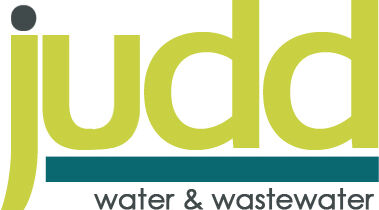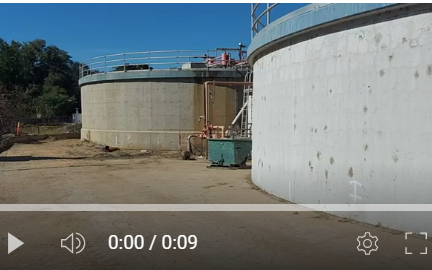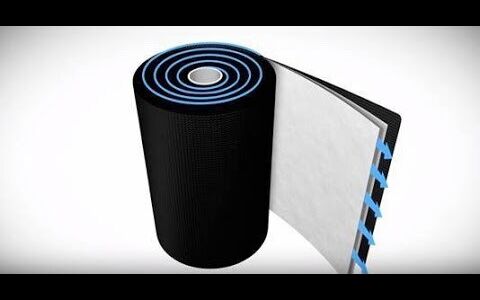MBRs for municipal wastewater treatment

MBRs for municipal wastewater treatment
The vast majority of the wastewater treatment capacity provided by MBRs worldwide is for municipal wastewater treatment, since the total flow of sewage is greater than that of industrial effluent. Similarly most of the research into MBRs, focusing largely on membrane fouling, relates to municipal wastewater treatment. Municipal plants also tend to be larger.
Municipal wastewater is generally treated to meet statutory requirements for discharge to environmental waters, though there is increasing implementation of wastewater reuse schemes. The key contaminants demanding removal from municipal wastewaters, roughly in order of importance, comprise:
- Suspended solids
- Organic matter
- Ammonia
- Nitrates
- Phosphate
- Pathogenic bacteria, and
- Micropollutants.
Removal or inactivation of pathogenic bacteria is required for either discharge to bathing areas or reuse applications such as irrigation. MBRs provide a high level of disinfection and also clarify the water so as to increase the effectiveness of a downstream UV irradiation disinfection process.
The onerous nature of micropollutants − contaminants impacting on the environment even at very low concentrations − has only become apparent since around the turn of the millennium. The future requirement for the removal of micropollutants, and in particular trace organic removal, is unclear.
These contaminants are wide-ranging in chemistry and include heavy metals, pesticides and herbicides, fire retardant additives and pharmaceutical products.
Sewage contains suspended organic and inorganic solids, nutrient compounds (containing nitrogen or phosphorus) and pathogenic bacteria from faeces. The organic component is predominantly readily biodegradable, with a BOD:COD ratio normally in the 0.4−0.5 range. It is therefore almost always treated biologically, with almost all large municipal wastewater treatment works (WwTWs) employing the conventional activated sludge (CAS) process or some variant of it.








